The Moravian Music Foundation preserves, shares, and celebrates Moravian musical culture.
Johannes Herbst (1735-1811) lived in many, many different Moravian communities over his long life. He served in Germany in Herrnhut, Neusalz, Gnadenfrei, Gnadenberg, Kleinwelka, Barby, and Neudietendorf; in England in Bedford; and in America in Lancaster and Lititz, Pennsylvania, and Salem, North Carolina. His final call to service came to him in early 1811, while he was serving in Lititz – yes, when he was 75 years old! He was consecrated a bishop in Lititz just days before leaving for Salem, with his wife Rosina and all their goods. We have no picture or silhouette of Brother Herbst, so I’ve included a photograph of his gravestone in God’s Acre in Salem, NC.
He quickly made himself beloved in Salem; of all our Moravian composers, he might be the first one I’d like to talk with, because of his attention to detail; his musical excellence; and especially his evident humility that made him willing to go wherever the Savior called and brought him close to the hearts of all he served. However, age and ill health limited the breadth and length of his service; he died only seven months after arriving in Salem, and is buried in God’s Acre, almost visible from my window (now that the trees in God’s Acre are bare of leaves).
Among his household goods, he brought with him to Salem his personal music collection, copied and assembled over more than 50 years. As he had traveled so widely, he had opportunity to collect music from an astounding body of composers; more than 60 composers are represented in his collection, less than half of them Moravians! This collection contains well over 1,000 anthems and some 45 extended works (Passions, oratorios, collections of motets and arias, and the like) along with some miscellaneous collections of keyboard pieces and songs. Copied in Brother Herbst’s meticulous hand, these are works of art to behold, whether or not you hear them. The copying is crisp and clean, with very few wrong notes, ink blots, or scratch-outs, which is remarkable considering that he probably did most of the copying at night, by candlelight, after his day’s work was done.
The collection was first cataloged by Marilyn Gombosi, with the ground-breaking catalog published in 1970. Research Librarian David Blum has worked extensively in this collection as part of his GemeinKat work, and has been able to identify several works for which the composer was not previously known. This collection is a real treasure for the Moravian Music Foundation, providing a picture of Moravian music not only in America but throughout the European continent as well, for a time-span of over 50 years. Next time you’re in Winston-Salem, stop in, and we’ll show you this wonderful resource for Moravian music!
Next time … Why go to a Moravian Music Weekend?
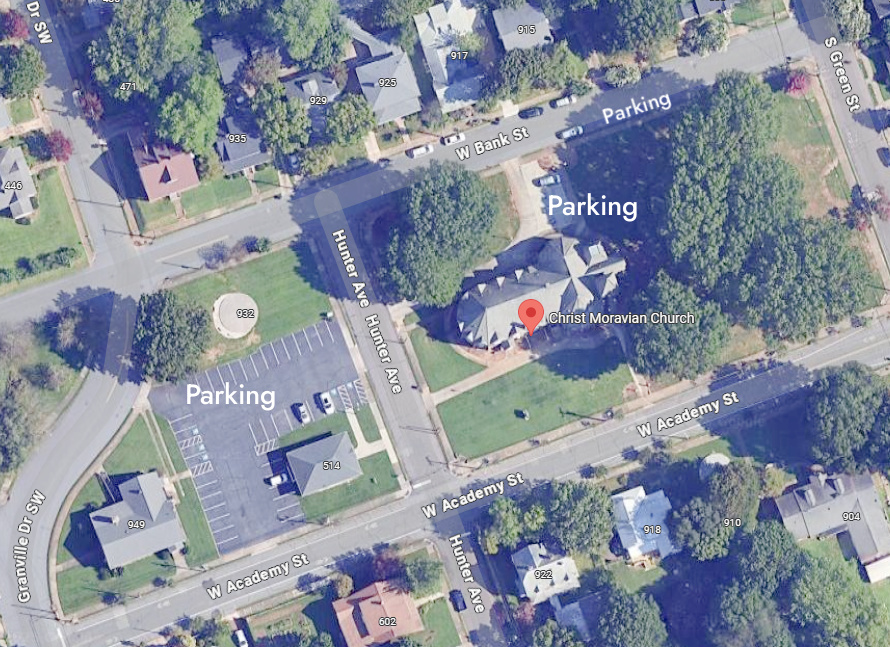
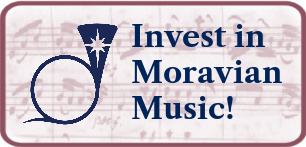

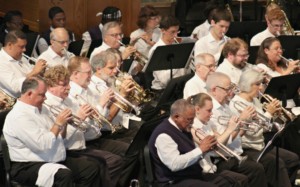
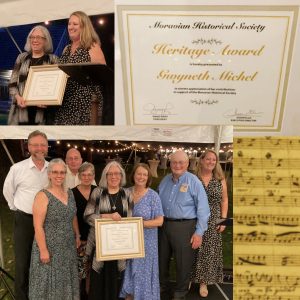
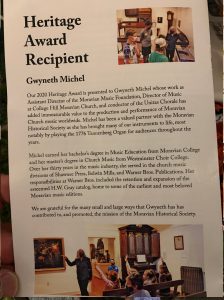
Leave a Reply